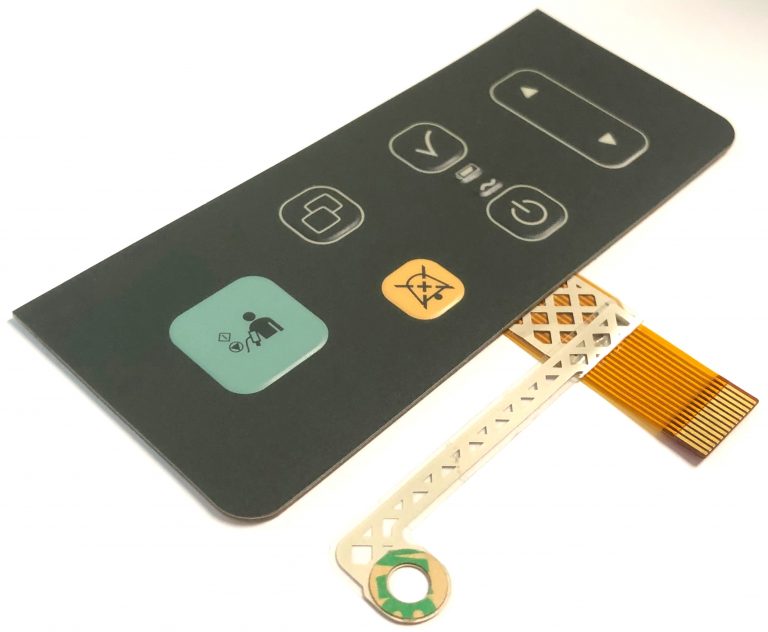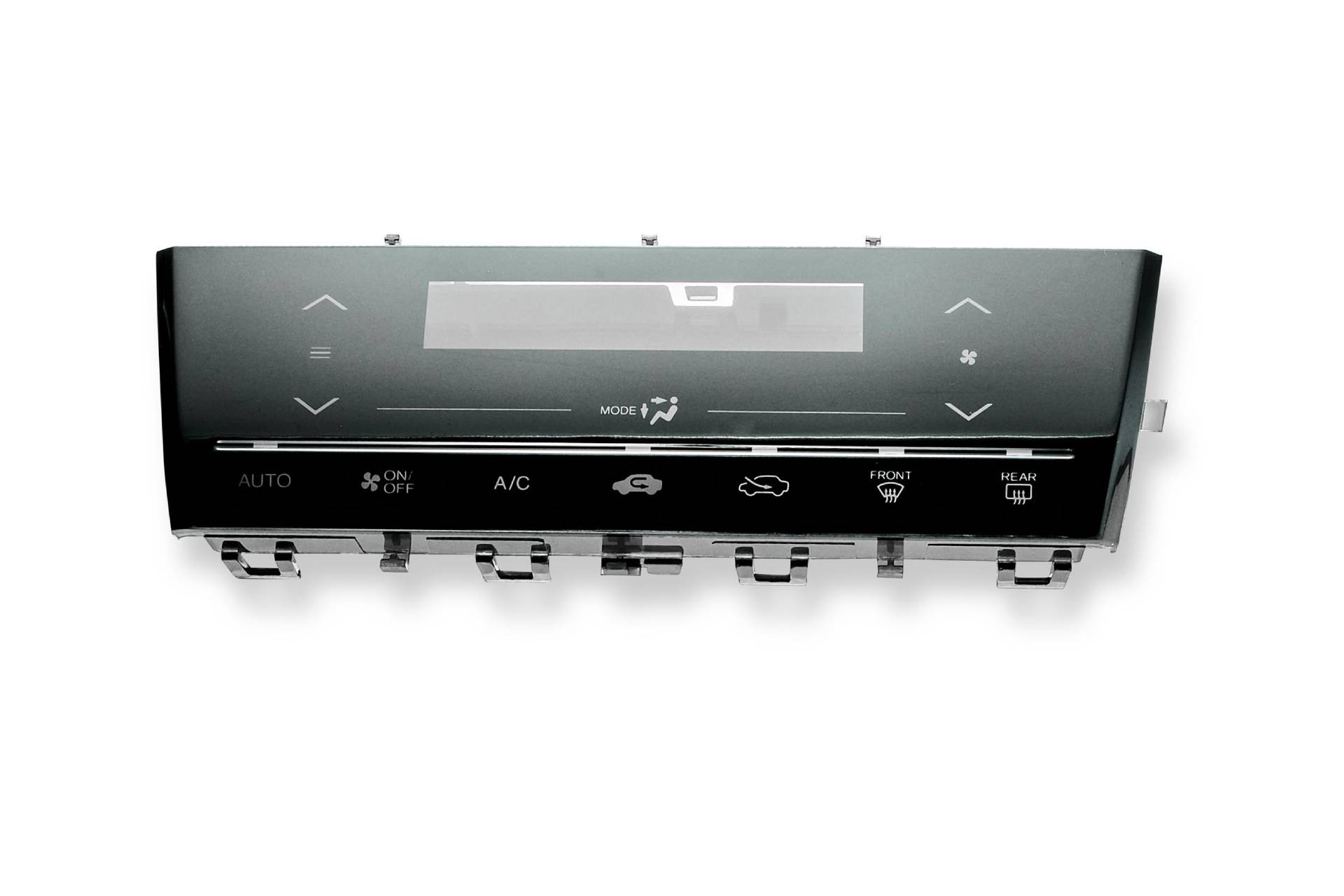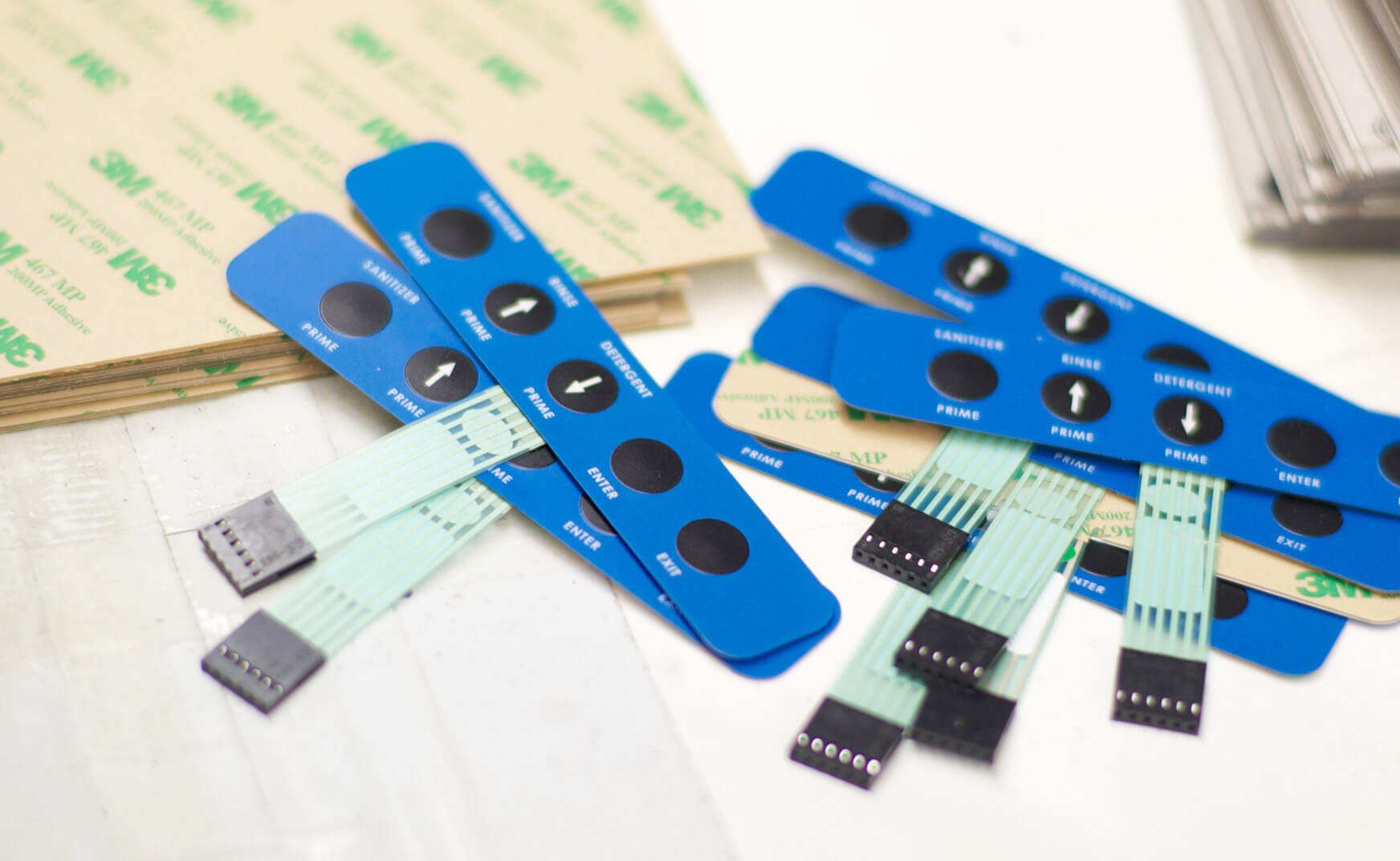Everything About Membrane Switch Over: Understanding Its Layout and Capability
When you think about the control user interfaces in modern devices, membrane switches frequently come to mind. These components are greater than just buttons; they mix layout and capability effortlessly. Recognizing just how they work and what makes them efficient can change your perspective on daily electronics. There are subtleties to their design and efficiency that you could not be conscious of. Let's discover what collections membrane changes aside from other control systems.
What Are Membrane Layer Buttons?

Membrane layer switches can likewise be tailored regarding shape, dimension, and graphics, allowing manufacturers to produce unique user interfaces customized to particular products. On the whole, membrane switches play a significant role in enhancing user experience across a wide array of applications.
Exactly How Membrane Layer Switches Work
When you push a secret on a membrane layer button, it turns on a simple yet reliable mechanism. membrane switch manufacturer. The top layer, usually made of versatile material, pushes down onto a conductive layer underneath it.
You'll notice that the tactile responses differs based upon the switch design, supplying either a soft click or a much more pronounced action. As soon as you launch the key, the membrane layer returns to its initial setting, reopening the circuit and stopping the signal. This process occurs virtually instantaneously, making certain a responsive customer experience.
Membrane layer buttons are prominent because of their sturdiness and resistance to dust and wetness, making them excellent for various applications, from household home appliances to clinical devices. Recognizing this operation helps you value their widespread usage.
Trick Components of Membrane Buttons
Recognizing the vital elements of membrane layer switches is fundamental for grasping their performance and design. At the core, you'll locate the visuals overlay, which gives the aesthetic user interface for users. Beneath that, there's a spacer layer that divides the circuit layers, ensuring that they don't make contact until pushed. The circuit layer is where the magic occurs; it contains conductive traces that complete the circuit when you press the button. Another necessary component is the sticky support, enabling the button to comply with surface areas securely. The protective layer shields versus ecological variables and use, expanding the button's life expectancy. Each part plays a substantial duty in making certain dependable efficiency and customer communication. By understanding these components, you'll get insight into exactly how membrane layer switches over operate and their value in different applications.
Materials Utilized in Membrane Layer Change Layout
The performance and toughness of membrane layer switches heavily rely on the materials made use of in their design. You generally run into polyester and polycarbonate as primary substratums due to their exceptional stamina and adaptability. These materials withstand scrapes and chemicals, making them excellent for demanding atmospheres.
The conductive layers typically use silver or carbon, selected for their reliability and conductivity. membrane switch manufacturer. Silver offers superior performance, while carbon is an affordable option. For the overlay, you may take into consideration a matte or shiny finish, depending upon your aesthetic needs and user experience
Adhesives play a crucial function too; they bond layers securely and ensure long life. Make specific to select adhesives that endure ecological elements like temperature level and humidity. Do not overlook the relevance of a good printing method for graphics, as it improves both performance and visual allure. Choosing the ideal products will certainly guarantee your membrane layer button stands the examination of time.
Style Factors To Consider for Membrane Layer Buttons
While designing membrane layer switches, it's essential to take into account various variables that affect their capability and individual experience. Start by concentrating on the layout and switch size; make certain they're instinctive and easy to browse.
Verify your layout suits environmental aspects, like wetness or temperature variations, which could impact performance. By thoroughly thinking about these components, you'll produce a membrane layer button that improves functionality and fulfillment.
Applications of Membrane Buttons
Membrane layer buttons are flexible components found in numerous applications, from commercial tools to customer electronics. You'll see their impact in makers that call he said for sturdy user interfaces and in gadgets that benefit from streamlined styles. Recognizing these applications assists you appreciate the functionality and usefulness of membrane layer buttons in daily modern technology.
Industrial Equipment Usage
When you're looking to enhance the performance of commercial tools, membrane layer buttons provide a reputable remedy that integrates longevity with user-friendly style. These buttons are excellent for harsh atmospheres, offering resistance to dust, wetness, and chemicals. Accept membrane layer buttons to improve your procedures and improve overall efficiency.
Customer Electronic Devices Assimilation
In the domain of customer electronics, membrane buttons play an essential duty in improving user interaction and gadget functionality. Membrane buttons additionally guarantee sturdiness and resistance to dust and moisture, expanding the life expectancy of your electronic devices. By choosing membrane layer buttons, you improve not just the performance however additionally the style of your devices, making daily interactions smooth and pleasurable.
Advantages and Negative Aspects of Membrane Buttons
While membrane switches supply an array of advantages, they also come with some disadvantages that you need to think about. One considerable benefit is their compact style, making them excellent for space-constrained applications.

Membrane layer switches can have a shorter life-span contrasted to mechanical switches, especially under hefty use. They can also be much less tactile, which might influence user feedback during procedure. Balancing these pros and disadvantages will help you figure out if membrane layer switches are the appropriate fit for your job.
Often Asked Questions
Just How Long Do Membrane Switches Over Normally Last?
Membrane layer switches over normally last in between 5 to ten years, depending upon usage and ecological conditions. You'll wish to assess variables like wear, exposure to dampness, and temperature fluctuations to determine their longevity successfully.
Can Membrane Switches Over Be Personalized for Details Styles?
Yes, you can personalize membrane buttons to fit specific styles (membrane switch manufacturer). You'll have the liberty to choose colors, shapes, and layouts that match published here your task's needs, guaranteeing they blend perfectly with your overall aesthetic
What Is the Expense Array for Membrane Change Manufacturing?
The expense variety for membrane layer button production commonly drops in between $1 and $10 per system, relying on factors like style complexity, amount, and products. You can get quotes from producers to locate the very best option.

Are Membrane Layer Changes Water Resistant or Resistant?
Membrane switches can be made to be waterproof or immune, relying on materials utilized and building approaches. If you require them for damp atmospheres, assure you specify those requirements during the design process.
How Do Membrane Changes Contrast to Standard Buttons?
Membrane layer switches are usually thinner and more flexible than traditional switches, providing a streamlined design. They're often easier to clean and integrate, yet may not offer the responsive feedback you're made use of to with mechanical options.
Verdict
